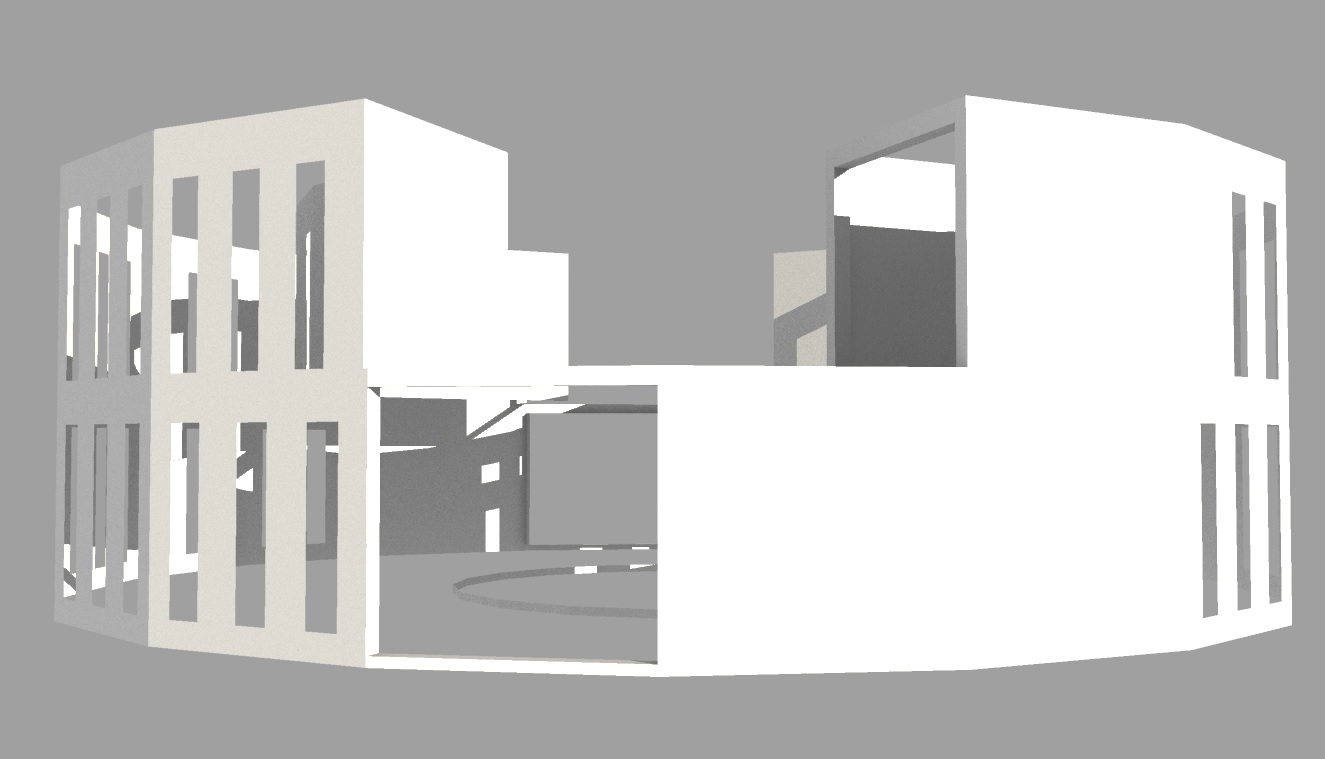

This tab shows all of the devices in the central processing unit (CPU) of your computer.

This means this default device differs according to the computer's hardware configuration. The default device selection picks the first available CUDA device is installed otherwise, CPU is selected. A render session is the rendering progress in a Raytraced (Cycles) viewport. The device selection grid is for selecting the device to render new render sessions with. This can be used to lessen the stress on the GPU, especially useful when rendering on GPU where the GPU is also the display driver, meaning a monitor is attached to that card, and the operating system is using that to show everything on it. The time in milliseconds to wait between each sample pass (one pass over the entire image, sampling each pixel once). The code's usage is demonstrated in the following live example:Īlso see the source code - HTML, JavaScript.The Cycles options manage the device used for the Raytraced display mode and Rhino Render. getElementById ( "canvas" ) const ctx = canvas. src = "./assets/rhino.jpg" const canvas = document. The Uint8ClampedArray contains height × width × 4 bytes of data, with index values ranging from 0 to ( height× width×4)-1.įor example, to read the blue component's value from the pixel at column 200, row 50 in the image, you would do the following:

Pixels then proceed from left to right, then downward, throughout the array. Each component is assigned a consecutive index within the array, with the top left pixel's red component being at index 0 within the array. Each color component is represented by an integer between 0 and 255. The data property returns a Uint8ClampedArray which can be accessed to look at the raw pixel data each pixel is represented by four one-byte values (red, green, blue, and alpha, in that order that is, "RGBA" format). It contains the following read-only attributes: widthĪ Uint8ClampedArray representing a one-dimensional array containing the data in the RGBA order, with integer values between 0 and 255 (included). The ImageData object represents the underlying pixel data of an area of a canvas object.


 0 kommentar(er)
0 kommentar(er)
